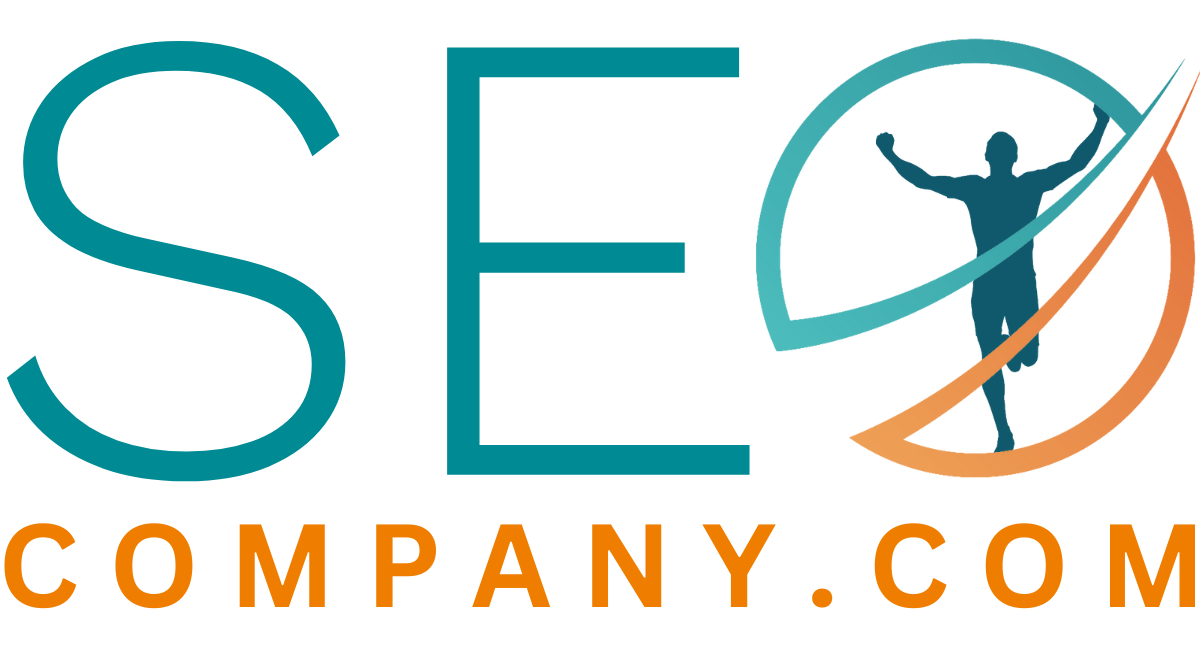
What is a Conversion?
In the realm of digital marketing analytics, conversion is the act of a user completing a desired action on a website. This desired action could be anything from making a purchase to filling out a form to subscribing to a newsletter. In short, conversion is the ultimate goal of any website or online business.
Relationship and Importance to Web Design:
Web design plays a crucial role in conversion optimization. The design of a website can make or break its ability to convert visitors into customers or subscribers. Elements such as the layout, color scheme, and call-to-action buttons all impact the user’s experience and their likelihood to convert.
A well-designed website will have a clear hierarchy, making it easy for users to find what they are looking for. It will also be visually appealing and consistent with the brand’s message and values. A poorly designed website, on the other hand, can confuse or frustrate users, leading to a higher bounce rate and lower conversion rate.
Relationship and Importance to Accessibility:
Accessibility is the practice of making websites and digital content accessible to all users, including those with disabilities. While accessibility may not directly impact conversion rates, it is important to ensure that all users have equal access to your website and its content.
Not only is it the right thing to do, but it can also help to expand your audience and potentially increase conversions from users who may have otherwise been unable to access your site. In addition, ensuring that your site is accessible can help to avoid legal issues and ensure compliance with accessibility regulations.
Relationship and Importance to Search Engine Optimization:
Search engine optimization (SEO) is the practice of optimizing a website to rank higher in search engine results pages (SERPs). While conversion and SEO may not seem directly related, they actually have a close relationship.
Firstly, the elements of a well-designed website that improve conversion rates, such as a clear hierarchy and user-friendly layout, are also factors that search engines take into consideration when ranking websites. In addition, a website that converts well will likely have a lower bounce rate, which is another factor that search engines consider when determining website relevance and authority.
Furthermore, the actions that users take on a website, such as making a purchase or filling out a form, can also be tracked and analyzed as conversions in Google Analytics. This data can then be used to inform SEO strategy and optimize for keywords and content that drive higher conversion rates.
Black Hat and Google Guidelines:
It is important to note that while conversion optimization is a legitimate practice, some tactics used to increase conversions may be considered black hat or against Google guidelines. For example, using pop-ups that obscure content or force users to take a specific action before continuing can be seen as intrusive and negatively impact the user experience.
It is important to approach conversion optimization with caution and ensure that all tactics used are ethical and transparent. Failure to do so can result in penalties from search engines and damage to your brand’s reputation.
History and Usage:
Conversion optimization has been around for as long as websites have existed. However, it has become increasingly important in recent years as the internet has become more crowded and competitive. As businesses and marketers strive to stand out from the competition, they have turned to optimization as a way to improve their website’s effectiveness and drive more revenue.
Today, conversion optimization is a crucial component of any digital marketing strategy. From small businesses to Fortune 500 companies, all types of organizations are using conversion optimization tactics to improve their website’s performance and drive more conversions.
Common Conversion Optimization Questions:
Q: What is the difference between conversion rate and click-through rate?
A: Conversion rate is the percentage of users who complete a desired action on a website, while click-through rate is the percentage of users who click on a specific link or call-to-action.
Q: How can I improve my website’s conversion rate?
A: There are many tactics and strategies that can be used to improve conversion rates. Some common ones include improving website design and user experience, creating clear and compelling calls-to-action, reducing friction in the checkout or form submission process, and testing and optimizing different elements of the website.
Q: What is A/B testing?
A: A/B testing is a method of comparing two versions of a website or landing page to determine which one performs better in terms of conversion rate. This is done by showing one version to one group of users and the other version to another group, and then comparing the conversion rates between the two groups.
Q: What is a conversion funnel?
A: A conversion funnel is a series of steps that a user goes through on a website leading up to a conversion. The funnel typically includes stages such as awareness, consideration, and decision, and is designed to guide the user towards the desired action in a logical and effective manner.
Q: Can conversion optimization negatively impact website speed?
A: It is possible that some optimization tactics, such as adding pop-ups or animations, can negatively impact website speed. However, it is important to balance the benefits of these tactics with the potential impact on speed and ensure that the website remains fast and user-friendly.
Conclusion:
Conversion optimization is a critical component of any digital marketing strategy. It involves improving the design and user experience of a website to drive more conversions and ultimately increase revenue. While it is important to approach conversion optimization ethically and transparently, there are many legitimate tactics and strategies that can be used to improve conversion rates. By focusing on the user and their needs, businesses and marketers can create websites that are both effective and enjoyable to use.
